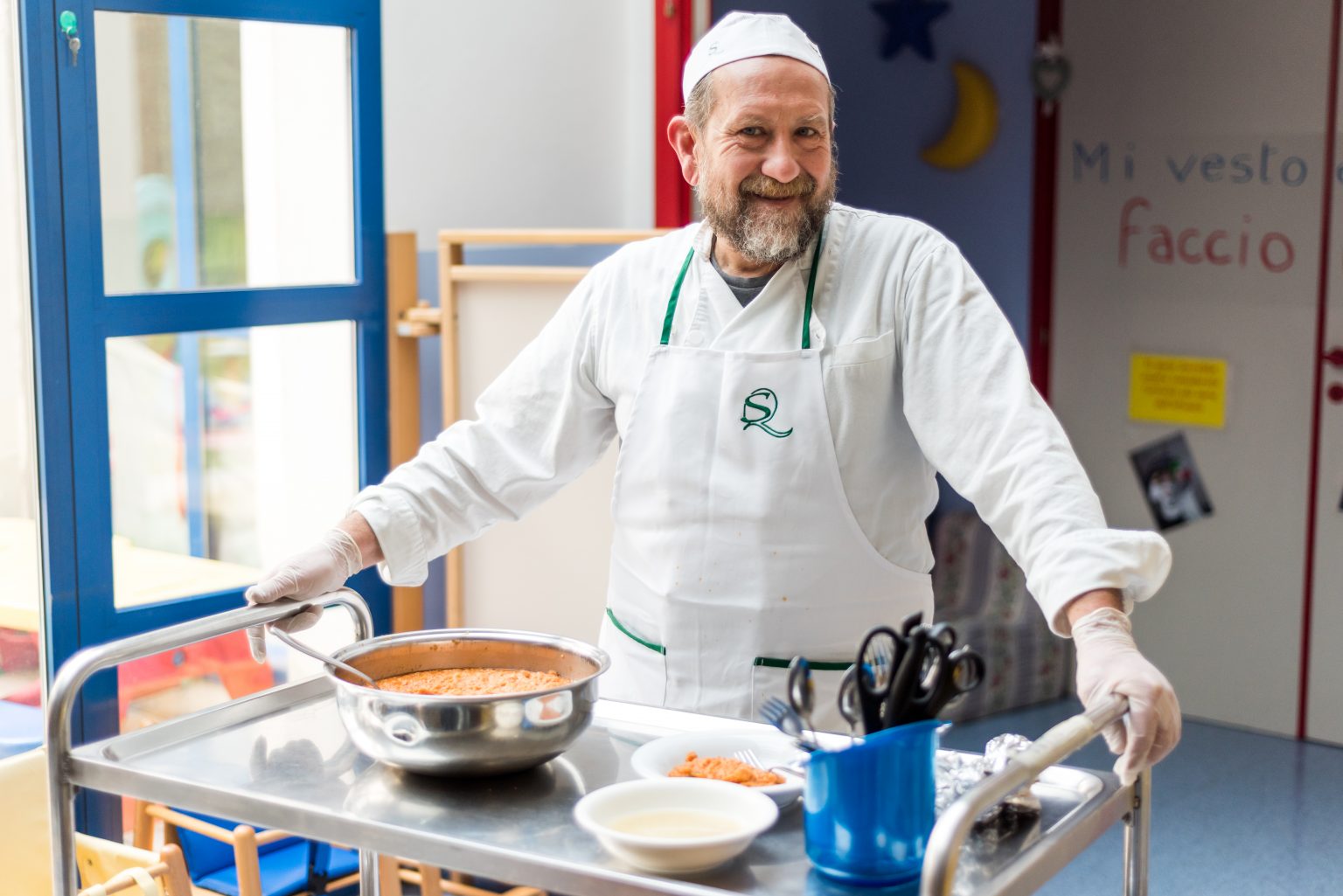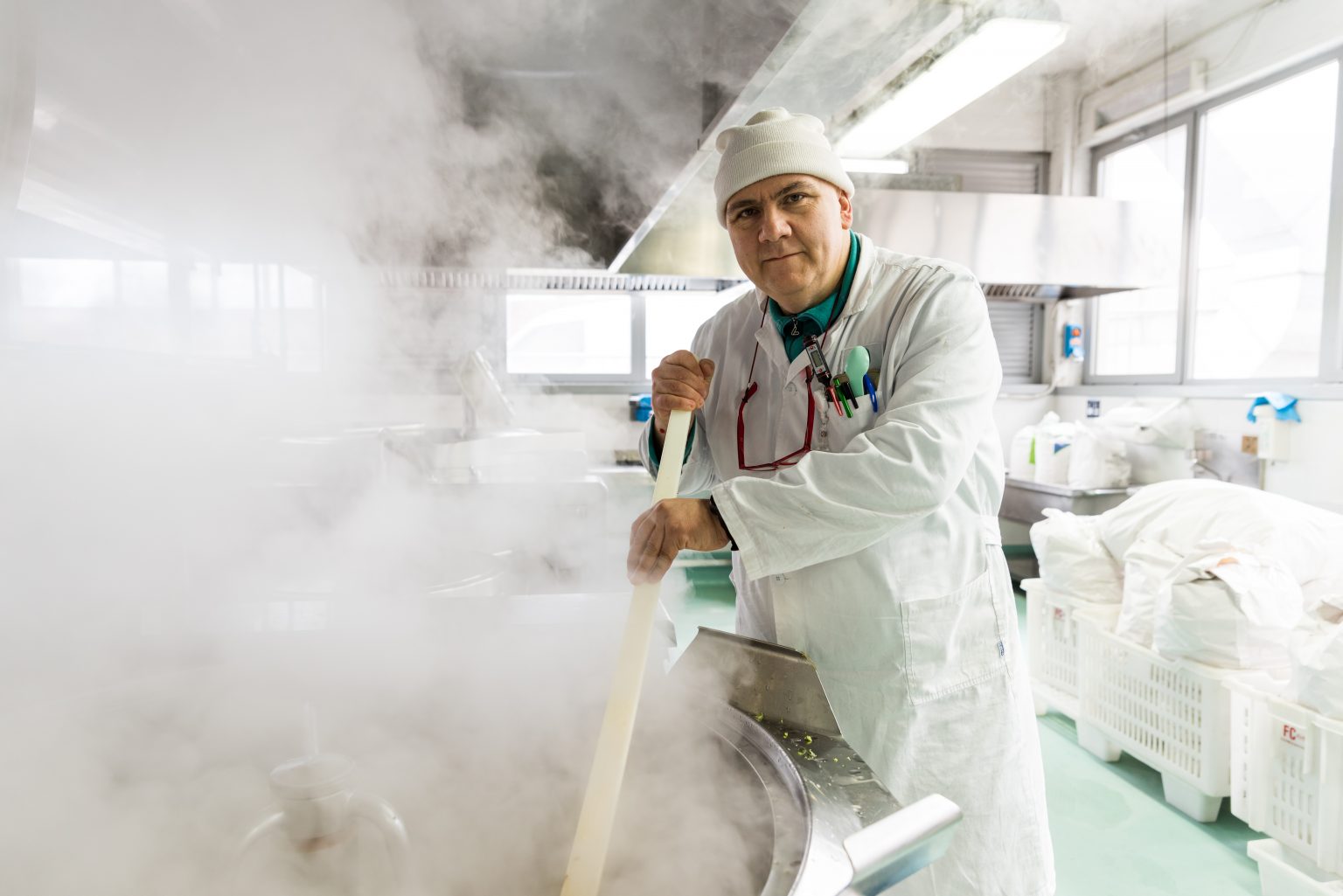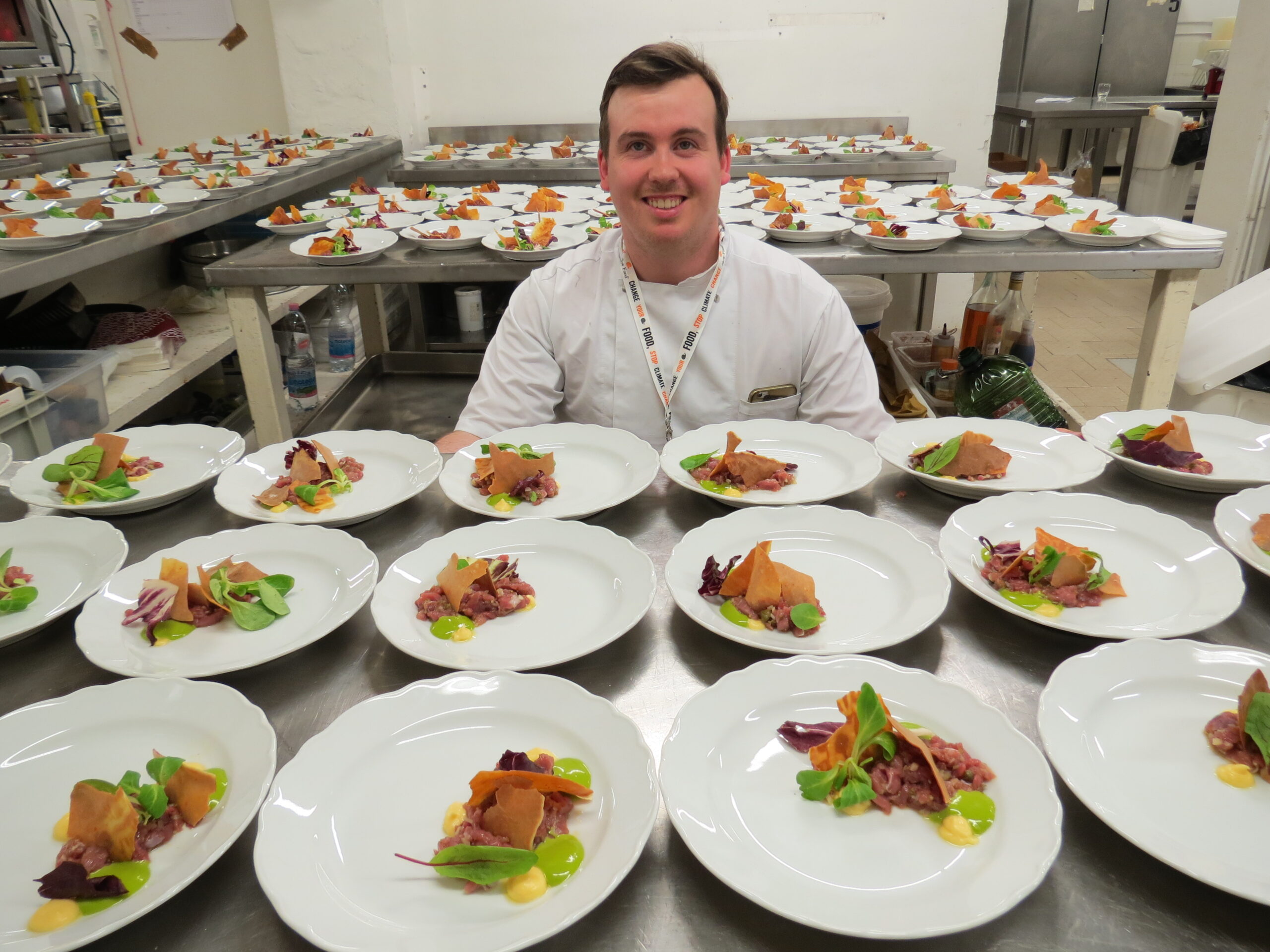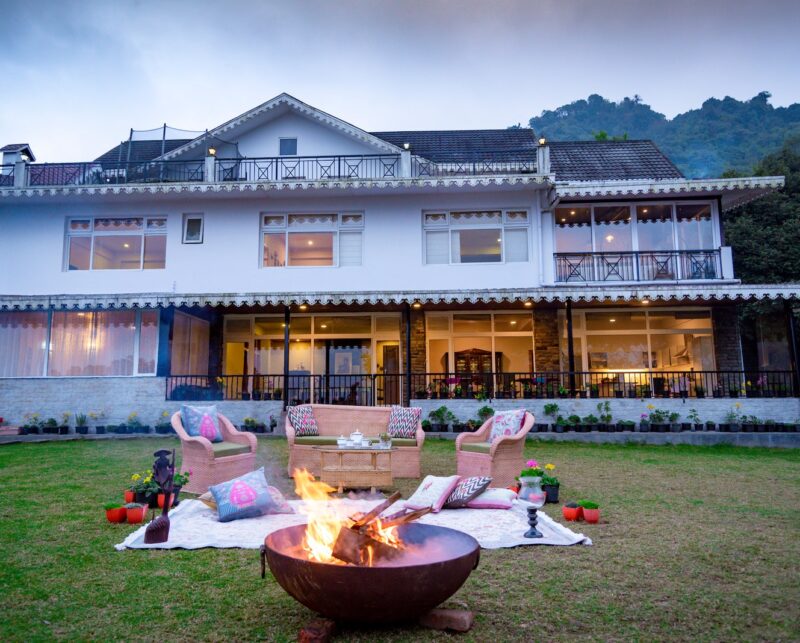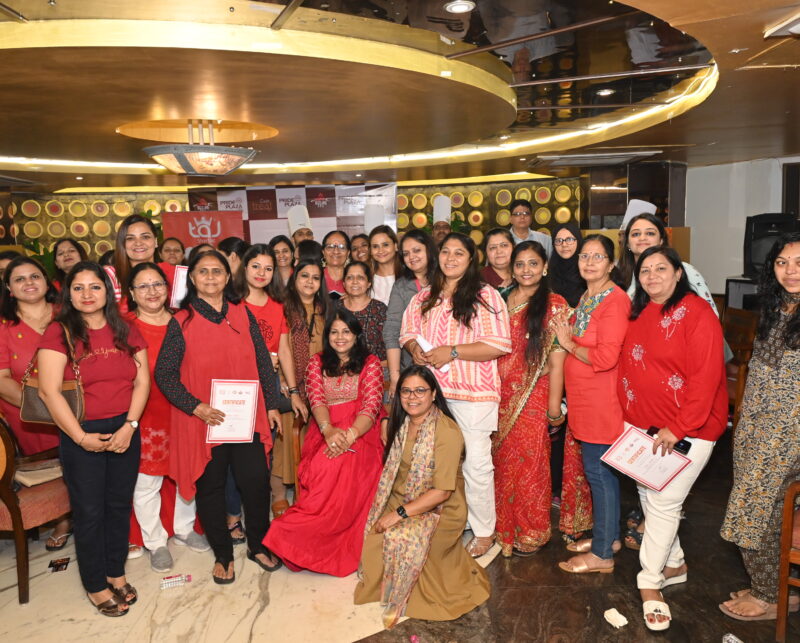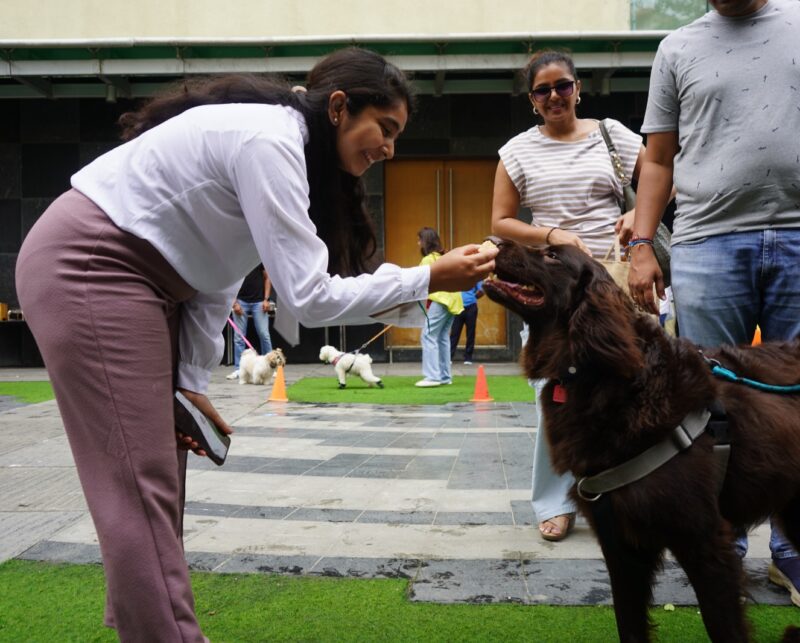Slow Food is a global movement of local groups and activists united by the common goal of ensuring everyone has access to good, clean and fair food. The Slow Food Chefs Alliance project encompasses participating cooks who share a commitment to protecting agricultural biodiversity and to safeguarding gastronomic knowledge and local cultures. They cook in a huge range of different kitchens: in restaurants, inns and B&Bs, [CR1] or more informal places like markets and street food stands. The Alliance welcomes cooks with all kinds of cooking styles, whether ethnic, fusion or creative.
What inspired the starting of the Slow food Chefs Alliance?
In 2006, over 1,000 cooks from 150 countries gathered in Turin, during the Terra Madre global meeting of food communities. They laid the foundations for a supportive alliance with small-scale producers around the world, pledging to act as promoters and spokespeople for good, clean and fair agriculture. During the event, the essential role of cooks in safeguarding food biodiversity was confirmed. Cooks, after all, are among the best interpreters of their local area and can add value to local products with skill and creativity, giving prominence to the food producers who protect biodiversity. In 2009, Slow Food launched the Slow Food Cooks’ Alliance linking cooks and producers. Its aim was to communicate and promote the Presidia, the Ark of Taste producers but also to involve the restaurant world in the battle to protect biodiversity, inspiring cooks to enter into direct relationships with small-scale local food producers. Slow Food realized that cooks can play a great role in supporting local producers, influencing policy and awakening eaters to the rich food cultures and biodiversity of our planet. We believe in the power of networks and relationships.
Slow Food defends biological and cultural biodiversity by supporting and promoting those who preserve biodiversity and act as custodians of local places and by creating opportunities for dialogue and exchange.
A broad network of chefs from around the world committed to defending food biodiversity. People with different backgrounds and cooking styles are working toward a common goal: to launch a movement for sustainable cuisine, which means safeguarding local areas, promoting biodiversity, serving good food, reducing waste, reusing, and recycling, fighting the climate crisis and practicing social solidarity. We work with them to raise awareness in the restaurant industry about the challenges faced every day by small-scale farmers and food artisans who protect food biodiversity and care for fragile and marginal environments. The project also spreads knowledge among chefs and consumers.
How did you select and enrol the cooks and chefs for the movement?
The participating cooks all have very diverse backgrounds and cooking styles, but they all share a commitment to protecting agricultural biodiversity and to safeguarding gastronomic knowledge and local cultures. They cook in a huge range of different kitchens: in restaurants, inns and B&Bs, [CR1] or more informal places like markets and street food stands. The Alliance welcomes cooks with all kinds of cooking styles, whether ethnic, fusion or creative.
We select and engage cooks who source quality ingredients (local, sustainable and seasonal), communicate the origin of their products and know the producers who supply them.
How did you send the word out about the movement?
Slow Food is a global grassroots movement which is present in 160 countries. Individuals, public and private legal entities, organizations, local groups and regional offices can formally be part of Slow Food. This status allows a broader participation in our global movement. We have 35 years of operation behind us, so it is normal that our brand, our programs, and our work are well-known in the worldwide.
Did you face any challenges in building the alliance? If yes, how did you overcome them?
Keeping the network alive means working continuously by stimulating discussion among participants, organizing discussions and involving the most active elements in Slow Food’s policymaking, organizing and promoting events, both locally, nationally, and internationally. it is time and resource intensive work.
What are the main measures you recommend for reducing food waste?
The costs due to food waste correspond to 12% of the total spent on buying ingredients. Avoiding food waste is important. Don’t throw away food left by your diners, but suggest they take their leftovers home in a disposable container, as well as any bottles with wine still in them. Menu choices can also play a big role: Offer dishes that use every part of a vegetable from root to shoot, reducing offcuts to a minimum, and cook animals from nose to tail, using the offal as well as more common cuts. Many recipes from the past were designed to make the most of what was available. The revival of traditions, combined with a new environmental awareness, can lead to a more sustainable food system while continuing to celebrate the pleasure of food.
If you want more information or new ideas for reducing food waste, have a look at the Tempi di Recupero website, where you’ll find tips, recipes and events to help make sustainability an everyday practice. They’ve also produced a poster that lists the most important things to keep in mind to avoid pointless waste.
Can you name some sustainable food studies?
Slow Food, with scientific support from INDACO2, compared the environmental impact of a Slow Food Cooks’ Alliance restaurant, Les Résistants in Paris, with conventional restaurants.
The results of the study “Serving up care for the climate: Sustainability in restaurants is possible“ offer food for thought and a source of information and inspiration for anyone in the restaurant industry who wants to reduce the impact of their activities. The research shows that a menu light on meat, buying ingredients from sustainable agricultural systems and putting in place strategies for saving energy and reducing food waste can lead to an annual environmental impact that’s 4.5 times less than a restaurant with conventional suppliers providing products from far-off places and meat consumption in line with the European average, run with no concern for the environment.
We’ve come up with a placemat with tips for developing a “climate-friendly” menu.
Here are some tips for running a climate-friendly restaurant:
Plastic
It’s best to avoid plastic materials as much as possible, in both the kitchen and the dining room, as well as single-use products.
When there’s no avoiding plastic, make sure items are disposed of properly so they can be recycled.
Plastic must be used correctly, to avoid contamination of food and the ingestion of microplastics. The production of microplastics depends on various factors: the characteristics of the plastic, temperature, humidity and acidity, but also the type of food (fatty foods absorb higher concentrations of contaminants). The higher the temperature and the longer the food stays in contact with the plastic, the greater the transfer of microplastics into the food.
When it is impossible to avoid the use of single-use products, choose those made from biodegradable and compostable materials and make sure they are properly disposed of so they can be composted.
Paper
All paper products (napkins, tablecloths, kitchen towels, hand towels, toilet paper) should ideally be made from recycled paper or at least paper certified by PEFC or FSC, ensuring it comes from sustainably managed forests. That’s the best way to protect the forests and the economies linked to them.
A PEFC-certified forest will be managed in line with strict environmental, social and economic standards, meaning it will still be there for future generations. As well as guaranteeing that the raw material comes from a certified forest, PEFC also makes sure that workers’ rights are protected along the whole production chain.
Detergents
Ecological detergents are the best choice for cleaning and the consumption of water and energy should be reduced to the minimum so as to limit the environmental impact as much as possible. Renewable energy suppliers should be chosen where possible.
Used cooking oil
Any oil left over after frying should be delivered to collection centers that can take care of its disposal or recycling. Incorrectly disposing of used cooking oil pollutes the soil, rivers, seas and watersheds, creating a surface film that prevents the oxygenation of the water and threatens the survival of flora and fauna.
Used oil can also prevent the sun’s rays from reaching deeper into the water, drastically harming the marine environment and underwater life. Just one kilo of used cooking oil can pollute 1,000 square meters of water surface area.
The achievements of the movement and alliance?
The Slow Food’s Cooks’ Alliance has demonstrated that the quality of a food is inextricably linked to the story of its provenance and production. The participatory aspect and sense of community inherent to the project have been key to its success, succeeding in overcoming the individualism common in the restaurant industry. Chefs usually come together for cooking competitions, but at Alliance meetings they come together to share their experiences and challenges and find common solutions and strategies.
The project has highlighted a great desire for change in the world of quality food service and showed its social potential, demonstrating that it can be a virtuous sector that works for social cohesion and solidarity. Over the course of the year, we created, through a participatory process, a format for cooks aimed at making them educators to different target groups. Educators, cooks and Slow Food network activists participated in this process. We also organized an exchange between European cooks from six different countries in Brussels during which cooks were able to compare their different cultures and backgrounds at workshops and by cooking side by side.
Numbers:
1,288 COOKS INVOLVED IN 36 COUNTRIES AROUND THE WORLD
7 NEW ALLIANCES created in 2023
106 NEW PARTICIPATING COOKS in 2023
Any plans for the foreseeable future?
Creating Slow Food Cooks’ Alliances in more countries and strengthen the network. Making more chefs aware of the challenges of sourcing good, clean and fair food for their menus. Creating a cohort of leaders who are ready to work together to change things in their local area.
Slow Food will organize Training of Trainers (ToT) encouraging cooks in becoming educators in supporting the transition to plant-based and agroecological food, as well as practical tips and resources for designing and implementing educational activities for other cooks, professionals and community members.
Paola Nano
Press and Editorial Manager
International Communications Office
Slow Food Head Quarters


